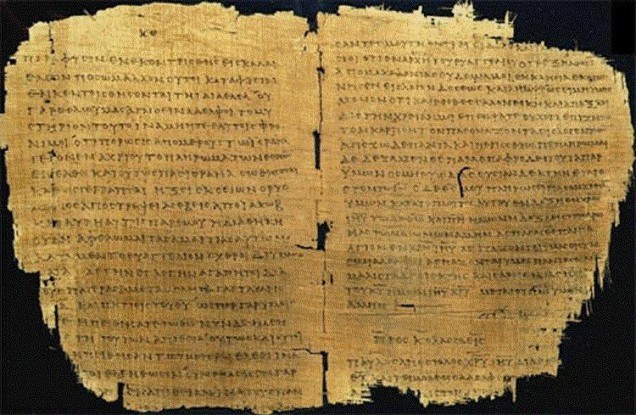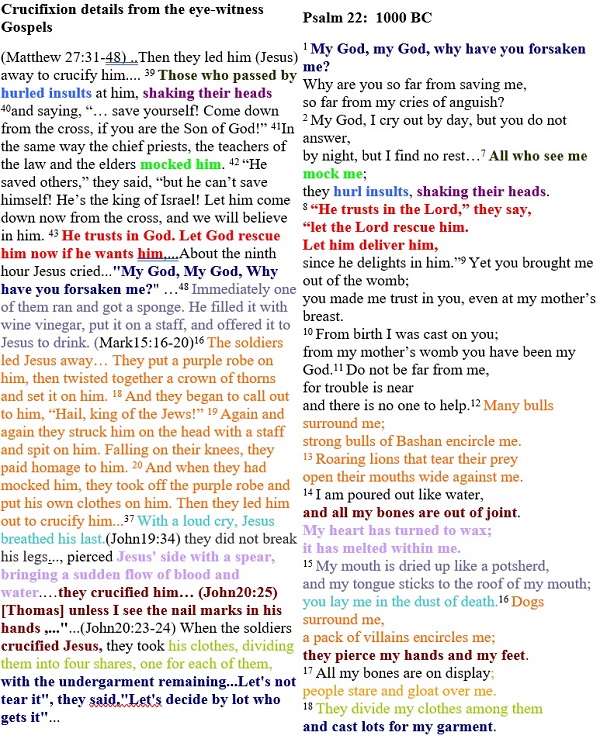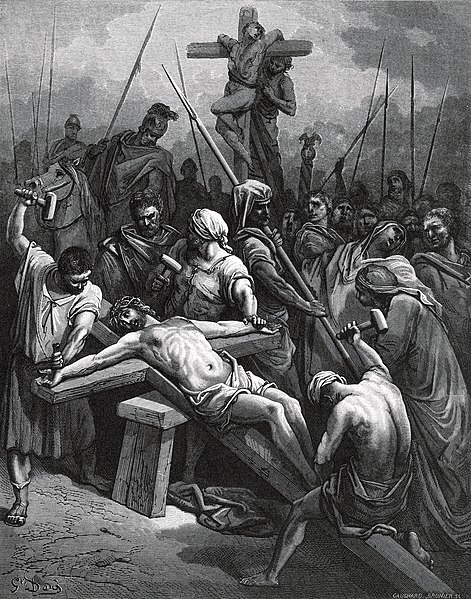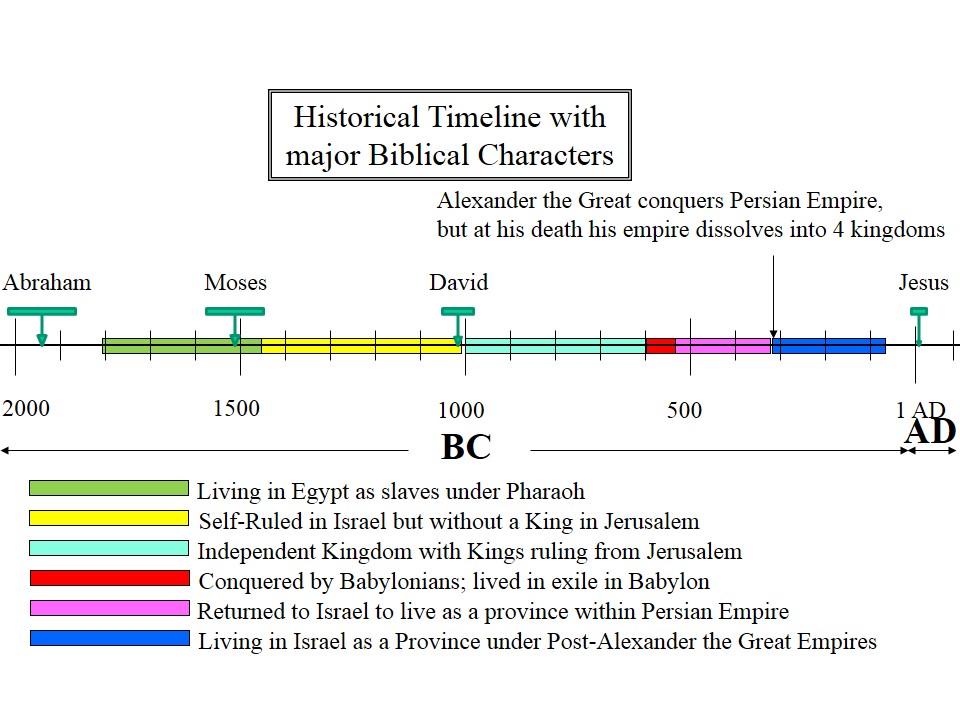If you were to name some classic love stories you might suggest Helen of Troy & Paris (igniting the Trojan War dramatized in the Iliad), Cleopatra and Mark Antony (whose love entwined Rome in a civil war with Octavian/Augustus Caesar), Romeo & Juliet, Beauty & the Beast, or perhaps Cinderella & Prince Charming. In them, history, pop culture, and romantic fiction come together in offering passionate love stories. These easily captivate our hearts, emotions, and imaginations.

Richard Westall, PD-US-expired, via Wikimedia Commons

After Nathaniel Dance-Holland , CC0, via Wikimedia Commons

Frank Bernard Dicksee, PD-US-expired, via Wikimedia Commons
Ruth & Boaz Love Story

Amazingly, the love that sparked between Ruth & Boaz has proved far more enduring than any of these love affairs. It still affects the lives of all the billions of us living today. Its ramifications live on more than three thousand years after these lovers met. Rather than the tabloid love stories that last only a fleeting moment their love has outlasted all the classics mentioned above. Their romance is also a picture of a mystical and spiritual love offered to you and me. The story of Ruth and Boaz deals with cross-cultural & forbidden love. It models a healthy relationship between a powerful man and a vulnerable woman. Thus it speaks to today’s #MeToo generation. It becomes a blueprint for us on how to establish a healthy marriage. By any of these measures, the love story of Ruth & Boaz is worth knowing.
The Book of Ruth in the Bible records their love. It is a short book with only 2400 words. It thus makes a quick read (here). The setting happens around 1150 BCE, making this the oldest of all recorded love stories.
The Love Story of Ruth

Naomi and her husband with their two sons leave Israel to escape drought. They settle in the nearby country of Moab (today’s Jordan). After marrying local women the two sons die, as does Naomi’s husband, leaving her alone with her two daughters-in-law. Naomi decides to return to her native Israel and one of her daughters-in-law, Ruth, chooses to accompany her. After a long absence, Naomi is back in her native Bethlehem. She has become a destitute widow and is accompanied by Ruth, a young and vulnerable Moabite immigrant.
Ruth & Boaz meet

Bereft of income, Ruth goes out to gather grain left behind by the local harvest crews in the fields. The Law of Moses, as a social safety net, had ordained harvesters to leave some grains behind in their fields. Accordingly, the impoverished could gather food and survive. Randomly it would seem, Ruth finds herself picking grains in the fields of a wealthy landowner named Boaz. Boaz notices Ruth among the others working hard to gather up the grains left behind by his work crews. He instructs his foremen to leave extra grain behind in the field so that she can gather more.
Because she can gather plentifully in his fields, Ruth comes back to Boaz’s fields every day to gather left-over grain. Boaz, ever the protector, ensures that his crews do not harass or molest Ruth. Instead, he commands them to leave more grain behind for her to gather. Ruth and Boaz become interested in each other. But because of differences in age, social status, and nationality, neither makes a move. Here Naomi steps in as match-maker. She instructs Ruth to boldly lay down by Boaz’s side at night after he has celebrated the harvest gathering. Boaz understands this as a marriage proposal and decides to marry her.
Kinsman Redeemer
But the situation is more complicated than simply love between them. Naomi is a relative of Boaz, and since Ruth is her daughter-in-law, Boaz, and Ruth are kin by marriage. Boaz must marry her as a ‘kinsmen redeemer’. This meant that under the Law of Moses, he would marry her ‘in the name’ of her first husband (Naomi’s son). In this way, he would provide for Naomi also. This would entail that Boaz purchases Naomi’s family fields. Though that would prove costly to Boaz it was not the biggest obstacle. There was another closer relative that had first rights to buy Naomi’s family’s fields (and also thus marry Ruth).
So the marriage of Ruth to Boaz hung on whether another man wanted the responsibility to care for Naomi and Ruth. At a public meeting of the city elders, this first-in-line declined the marriage. He did so because it put his estate at risk. Boaz was thus free to purchase and redeem Naomi’s family estate and marry Ruth.
Legacy of Ruth & Boaz
In their union, they had a child, Obed, who in turn became the grandfather of King David. God promised David that ‘a Christ’ would come from his family, with further prophecies following. Centuries later, Jesus was born in Bethlehem, the same town that Ruth and Boaz had met in long before. Their romance, marriage, and family line resulted in offspring that today is the basis for the BCE and CE calendar. Global holidays like Christmas & Easter also count among the by-products of that love. Not bad for a romance in a dusty village over 3000 years ago.
Picturing a Greater Love Story
The rich and powerful Boaz treated Ruth, the destitute foreign woman, with chivalry and respect. This speaks against the harassment and exploitations now common in our #MeToo day. The historical impact of the family line which this romance and marriage produced, detectable every time we note the date on our devices, gives this love story an enduring legacy. But the Ruth & Boaz love story is also a picture of an even greater love. You and I are invited to this one.
The Bible describes us in a manner evoking Ruth when it says:
I will plant her for myself in the land;
Hosea 2:23
I will show my love to the one I called ‘Not my loved one.’
The Old Testament prophet Hosea (ca 750 BCE) initiated reconciliation in his fractured marriage. The scripture used this reunion to picture God reaching out to us, the unloved, with His love. Ruth also entered the land as one unloved but then was shown love by Boaz. Likewise, God desires to show His love even to those of us who feel far from His love. The New Testament (Romans 9:25) quotes this to show how God reaches wide to love those far from Him.
How is His love shown? Jesus, that descendant offspring from Boaz & Ruth, is God come-in-the-flesh. Therefore he is our ‘kinsman’, just as Boaz was to Ruth. Thus, as Boaz paid to redeem Ruth, Jesus paid for our debt to God on the cross, and thus he…
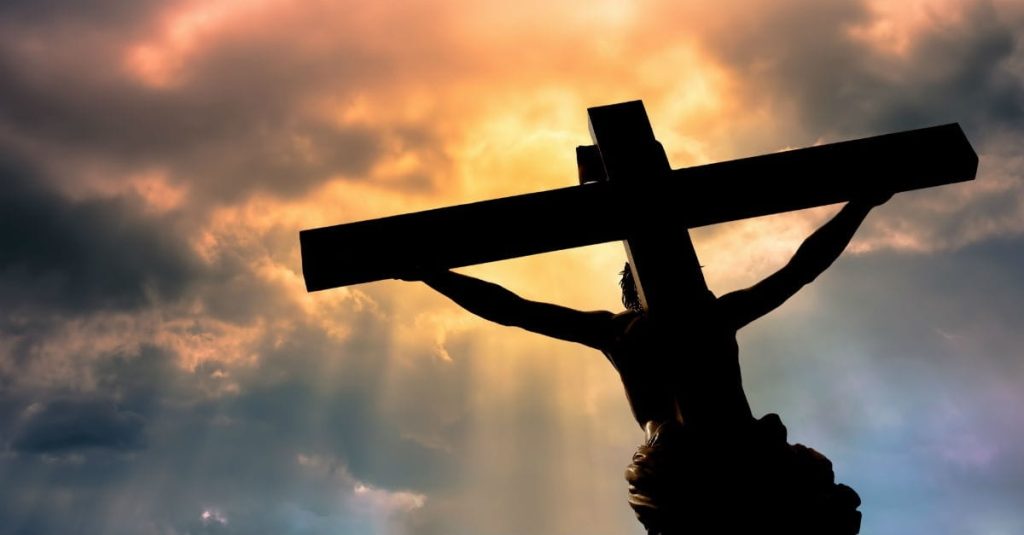
gave himself for us to redeem us from all wickedness and to purify for himself a people that are his very own, eager to do what is good.
Titus 2:14
Boaz was a ‘kinsman-redeemer’ who paid a price to redeem Ruth. This explicitly illustrated, how likewise, Jesus our ‘kinsman-redeemer’, paid (with his life) to redeem us.
A Model for our marriages
The way Jesus (and Boaz) paid to redeem and then win his bride models how we can build our marriages. The Bible explains how we establish our marriages:
Submit to one another out of reverence for Christ.
Wives, submit yourselves to your own husbands as you do to the Lord. 23 For the husband is the head of the wife as Christ is the head of the church, his body, of which he is the Savior. 24 Now as the church submits to Christ, so also wives should submit to their husbands in everything.
25 Husbands, love your wives, just as Christ loved the church and gave himself up for her 26 to make her holy, cleansing her by the washing with water through the word, 27 and to present her to himself as a radiant church, without stain or wrinkle or any other blemish, but holy and blameless. 28 In this same way, husbands ought to love their wives as their own bodies. He who loves his wife loves himself.29 After all, no one ever hated their own body, but they feed and care for their body, just as Christ does the church— 30 for we are members of his body. 31 “For this reason a man will leave his father and mother and be united to his wife, and the two will become one flesh.” 32 This is a profound mystery—but I am talking about Christ and the church. 33 However, each one of you also must love his wifeas he loves himself, and the wife must respect her husband.
Ephesians 5:21-33
Boaz and Ruth established their marriage on love and respect. Jesus’ care for his church is a model for husbands to love their wives sacrificially. So we do well to build our marriages on these same values.

A Wedding Invitation for you and me
As in all good love stories, the Bible concludes with a wedding. The price that Boaz paid to redeem Ruth paved the way for their wedding. Likewise, the price that Jesus paid has paved the way for our wedding. That wedding is not figurative but real, and those accepting his wedding invitation are called ‘The Bride of Christ’. As it says:
Let us rejoice and be glad and give him glory! For the wedding of the Lamb has come, and his bride has made herself ready.
Revelation 19:7
Those who receive Jesus’ offer of redemption become his ‘bride’. This heavenly wedding is offered to all of us. The Bible ends with this invitation for you and me to come to His wedding
The Spirit and the bride say, “Come!” And let the one who hears say, “Come!” Let the one who is thirsty come; and let the one who wishes take the free gift of the water of life.
Revelation 22:17
The relationship between Ruth & Boaz is a model of love that is still making itself felt today. It is a picture of the heavenly romance of God who loves us. He will marry as His Bride all who accept His marriage proposal. As with any marriage proposal, His offer should be weighed to see if you should accept it. Start here with the ‘plan’ laid out from the beginning of human history and follow its development. Notice how it is all predicted long beforehand to prove it really is God’s Proposal.













